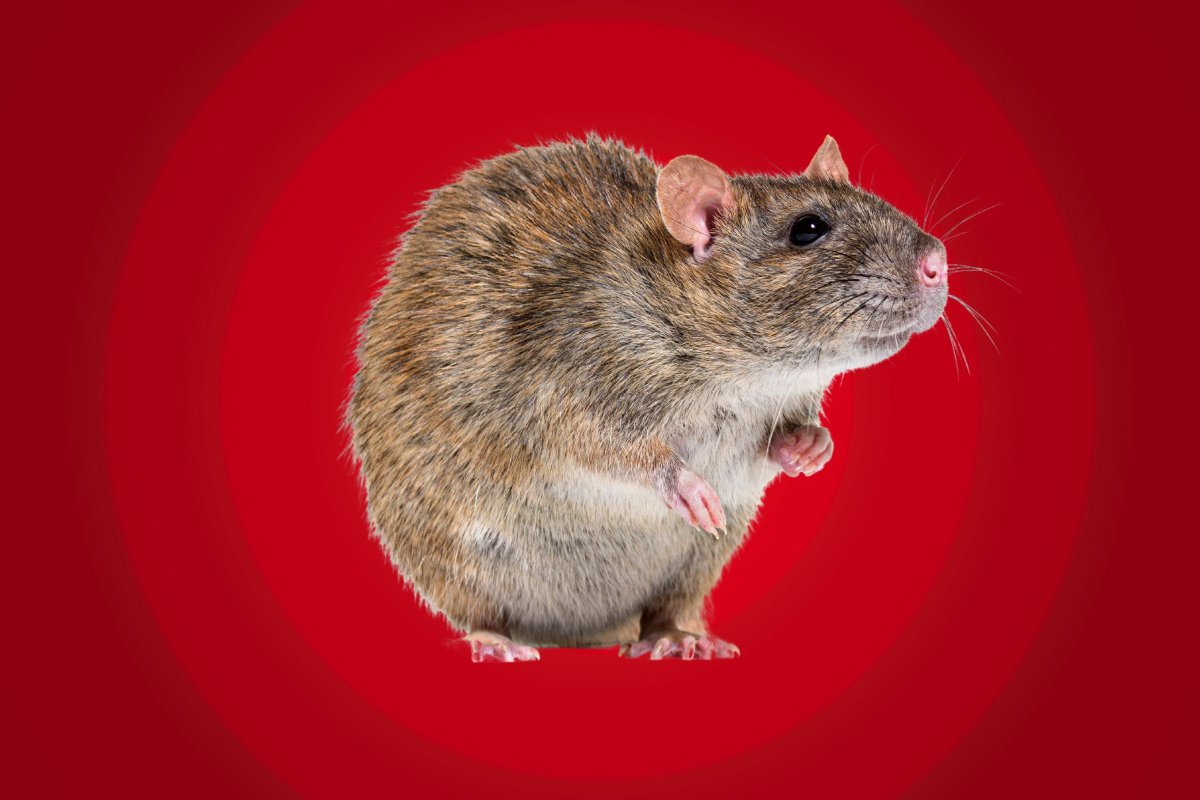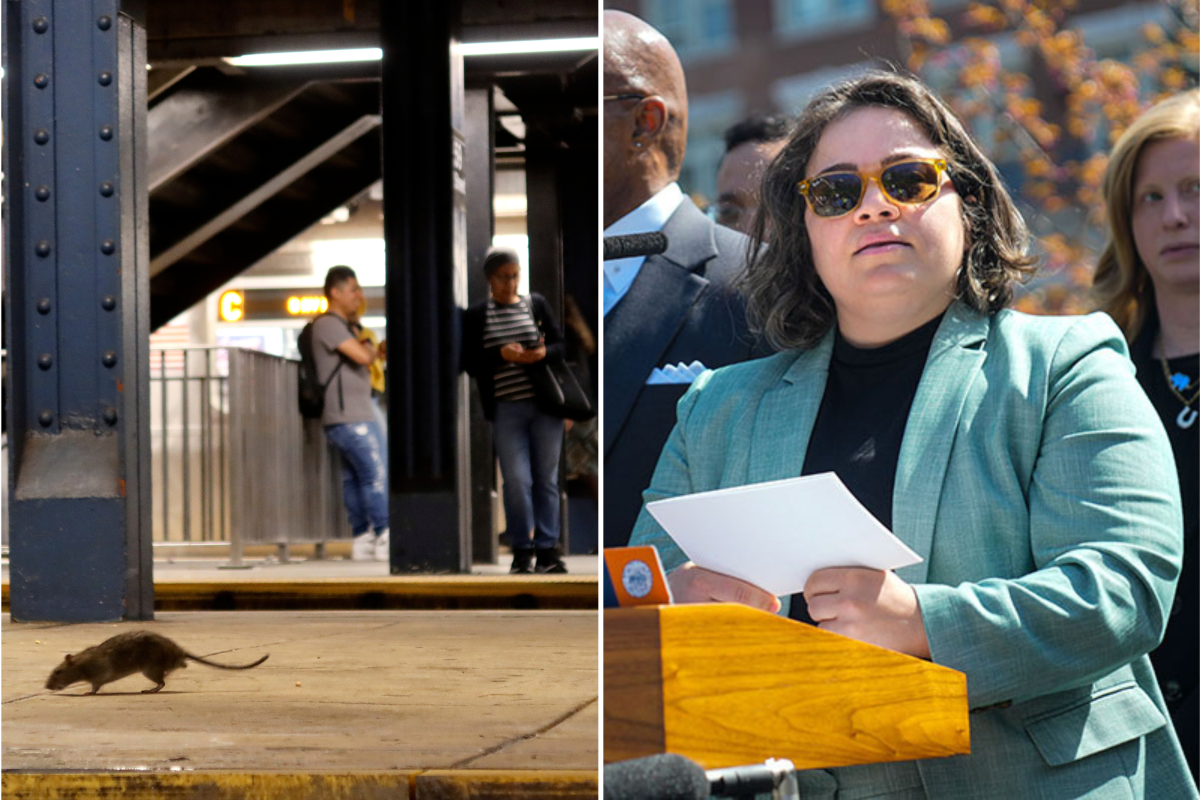The old adage goes that you’re never more than six feet from a rat. For those living in some of the most built-up areas of New York until recently, it may have been more of a reality than an old wives’ tale.
An August study by one pest-control firm estimated that, in 2022, there were around 3 million of the rodents living among the Big Apple‘s human population of 8.5 million—an increase of 50 percent from 2010. It noted there had been a massive uptick from 2020, suggesting the coronavirus pandemic may have helped fuel their spread.
Cassie Krejci, Ph.D, an entomologist and head of science and innovation for Rentokil Initial’s U.S. business, told Newsweek that it was seeing “several macro-economic growth factors set against a backdrop of climate change which drives a rise in the number of pests.”
The problem was large enough—and residents’ complaints loud enough—that in April, New York’s Mayor Eric Adams appointed its first “rat czar,” Kathleen Corradi, with a $3.5 million budget behind her to reduce the city’s rampant rat population. At the time, he described them as “public enemy number one.”

Stock photo of a brown rat. Sightings of the rodents in New York City are reported to be 45 percent down between May and mid-July.
Getty/Newsweek
“You’ll be seeing a lot of me and lot less rats,” Corradi said at the time.
But six months on, has there been any noticeable improvement? Images and videos posted on social media suggest that rats are still very much a feature of New York’s nightlife—and some are evidently still gorging themselves, judging by their size.
A spokesperson for the mayor told Newsweek that rat complaints made with City Hall were down 20 percent across the summer, compared with the same period last year, while sightings purportedly decreased on average by 45 percent between May and mid-July—early signs that mitigation efforts may be working.
Close Encounters of the Rat Kind
It’s a convenience store, the drinks aisle—but you’re not the only being shopping around. One video, posted in late September, shows one instance of a rat the size of a possum casually inspecting the produce.
Or maybe it’s a night out on the town, but the fight on the street isn’t two drunken strangers, rather a tussle between a large rat and a pigeon. Footage shows the pigeon does not have the upper hand—or wing, or claw. You may turn a street and see a cat-sized rodent sauntering along on the way home.
New York City rats are well fed
— Insider Paper (@TheInsiderPaper) September 29, 2023
Perhaps you’re going for a drive upstate, and as the brick buildings of Brooklyn turn into leafy forestry, you notice an extra passenger onboard—clinging to the hood for dear life.
“Spoiler alert: they continue to run the city,” one poster recently told her audience. “Despite aggressive control efforts in the city, including rat birth-control, these rodents continue to run the streets.”
Notwithstanding the rats apparent continuing presence in New York City, work is now being done to bring that population down—and pest controllers say it is having an impact.
Alongside Corradi’s coronation, the city instituted a “rat mitigation zone” across the Harlem neighborhood, alongside other mitigation zones in the East Village and Chinatown, as well as built-up areas of the Bronx and Brooklyn.
Under the new zone, private properties will be subject to inspections twice a year and other locations, such as schools and parks, face monthly visits. City Hall also announced 19 full-time staff and 14 part-time inspectors would work on extermination in public spaces, with new equipment and supplies.
A spokesperson for the mayor said they had increased the number of staff working on rat control as part of the effort, but could not confirm as of the time of publication how much of the budget had so far been spent.
The New York Times reported in April that Corradi will be paid $155,000 a year.
“The mayor also continued to advance his work to containerize garbage, including kicking off an effort to get up to 100 percent of commercial trash in containers,” it added.
Since the end of July, all food businesses have been required to put their waste in containers, preventing rats from nibbling through street-level garbage bags and feasting on leftovers, and since September, the rule has been expanded to all chain stores in the city. A pilot for residential containerization is also said to be underway for schools and apartments in Hamilton Heights, Manhattan.

A rat looks for food while on a subway platform at 59th Street station on May 8, 2023, in New York City (left) and its new nemesis, Kathleen Corradi, the city’s first “rat czar,” seen on April 12, 2023.
Gary Hershorn/Getty Images/NY City Hall
A spokesperson said there had been a 45 percent reduction in complaints within the mitigation zones over the summer, compared with 2022.
Perhaps surprisingly, commercial pest controls that operate in the city—and would have benefited from the rise of the rats—agree that mitigation efforts seem to be working. Pest-control company Orkin, whose New York operation is based in Queens, confirmed to Newsweek that it had seen new rodent services decrease year on year.
“This typically tells us that the demand is generally lower—which aligns with the statistics that the mayor’s office has shared,” it said.
“When comparing the number of rodent calls for service across NYC in January through April 2022 to May through September 2022, we saw calls go up 68 percent,” Rentokil’s Krejci said. “When looking at the same time periods in 2023, this increase was only 25 percent.
“Not only are rodent calls for service down year-over-year, but they are also down versus the prior period, suggesting it is more than just variation between years; mitigation measures and effective rodent control are working in the right direction.”

